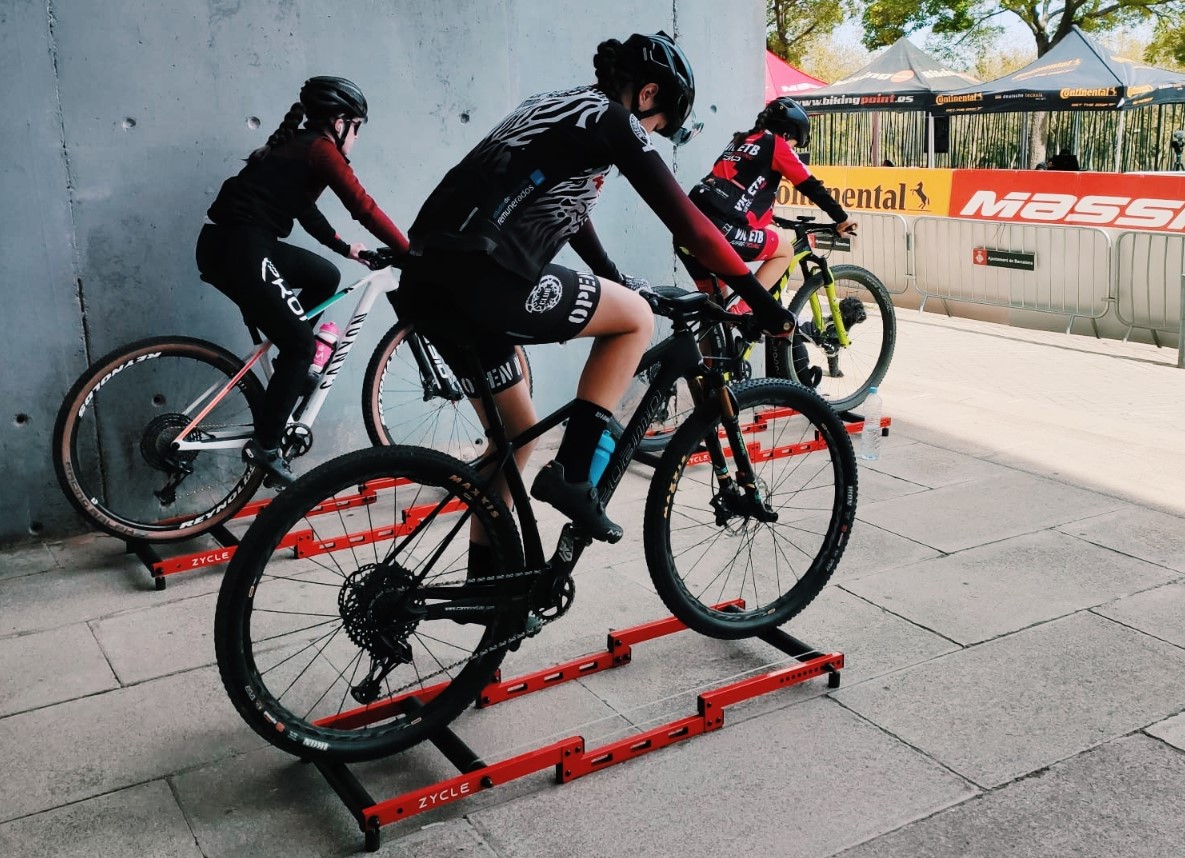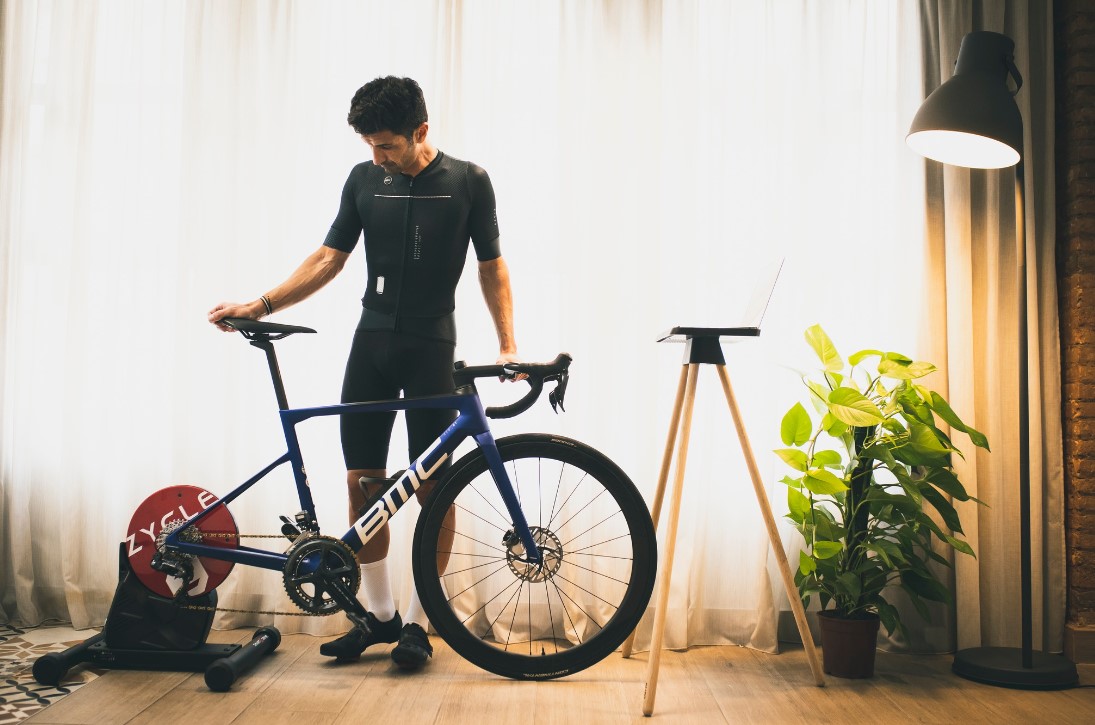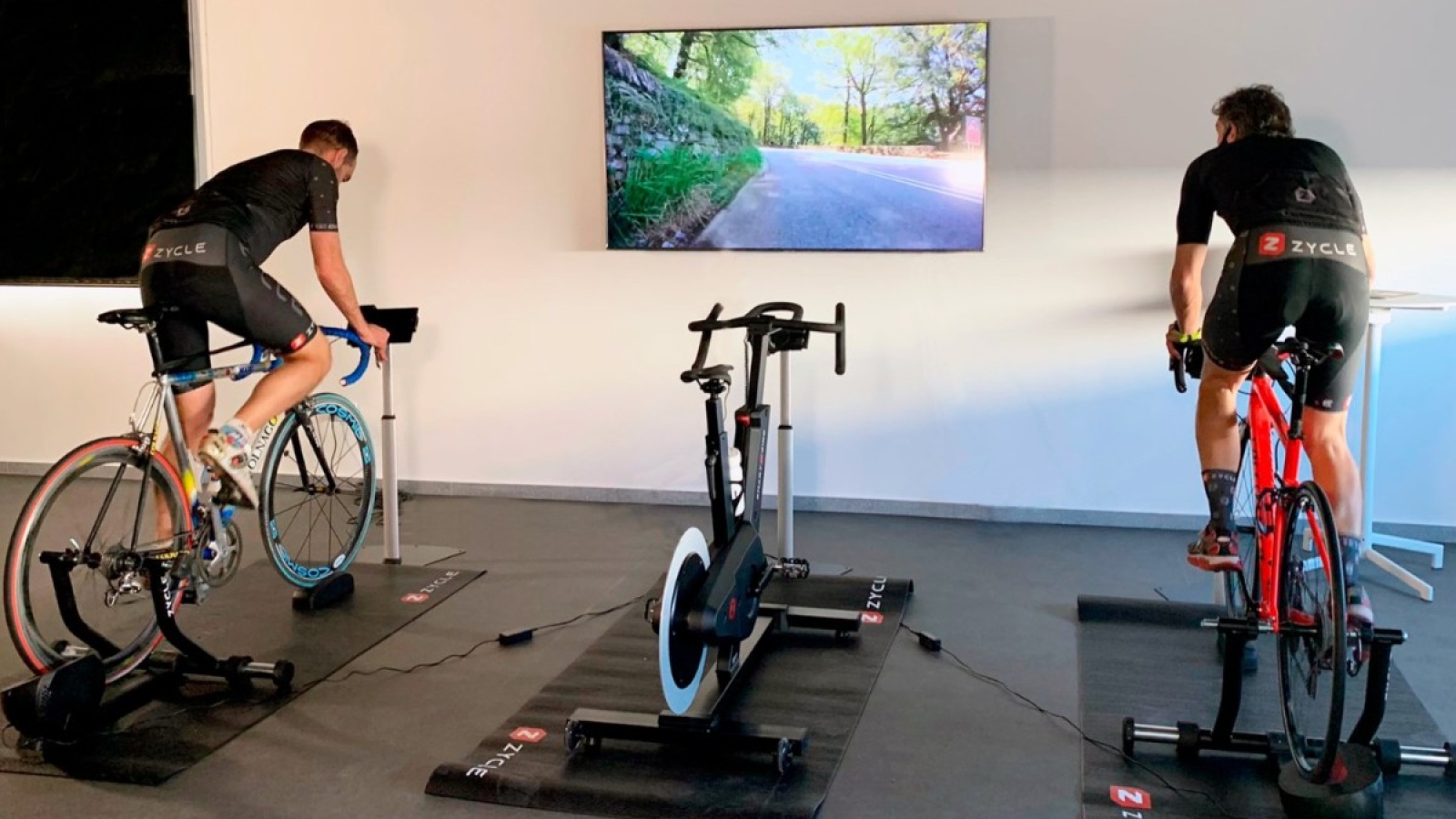When choosing a roller for our bicycle it is very important to take into account what are the different models that exist, for what purposes they are intended and, of course, their performance. Keep in mind that based on these three parameters the price between one model and another may vary and that not all serve the same purpose, which is why in this article we explain what are the characteristics of the different types of bicycle rollers. Read on!
Types of bicycle rollers

All bicycle rollers have the same shared function, that of being able to use our vehicle without it moving, at least physically from the place – the mechanism of transmission of movement of the bike, as is obvious, will continue to work. However, it should be noted that there are several types of bicycle rollers and that they differ significantly from each other. These can vary depending on the following aspects:
- The use or purpose of the bicycle roller.
- The performance or characteristics of the bicycle roller.
- The price according to the types of roller (bicycle).
Bike roller with rollers
These bicycle rollers usually contain three rollers that provide the resistance on the wheels of the bike. Specifically, two on the rear wheel and one on the front wheel (hence the name). They are also known as balance bike rollers, the reason for this is because of their concave shape and because to use them it is necessary to have some practice to be able to maintain balance, in fact it is recommended to install them near surfaces where you can support yourself with one of your arms -although the most modern and current ones improve this inconvenience-. They are rollers that are mainly intended for the warm-up of cyclists before any competition. For this reason, they are designed to be very easy to transport, weigh little and can be folded easily (taking up very little space). The main advantage of these rollers is that they are the most economical option and generate very little noise while in use.
Magnetic bicycle roller
Also known as fixed rollers, they are one of the most popular options in the industry. The reason why they are called magnetic rollers is because they have a band that provides resistance to the wheel thanks to a system of magnets. This type of bicycle roller is shaped like a stand and the rear wheel is placed on it, specifically between the two axles. In addition, it has a very important advantage: the resistance can be adjusted by means of a lever installed on the handlebars. The main disadvantage of these rollers, compared to other models, is the noise generated by the magnets of the resistors and that in some models the rear cover wears out, so it is usually recommended to use a cover ready exclusively for this type of rollers -although the most modern models of magnetic bicycle rollers have special fans to reduce noise, as well as designs that prevent wear of the cover-. Traditional magnetic rollers are another of the most economical options available in the sector.
Fluid Bike Roller
The fluid bicycle roller is very similar to the magnetic roller, although its price is higher due to the fact that they have more features. The main advantage is that they are quieter, also its shape varies and although it has two arms with axles to connect the rear wheel, they are supported on a U-shaped base. Another of the most outstanding advantages of this type of bicycle roller is that they offer a very realistic pedaling experience (superior to the previous ones). The resistance of this device does not work by magnets, in this case there is a circuit of a fluid that can be water or oil and that serves to generate the resistance in the wheel. However, the main disadvantage is that its resistance cannot be regulated, and there is still wear on the rear tire of the bicycle.
Direct drive roller
The main characteristic of the direct drive rollers is that they have their own sprocket that adapts to the bike chain – hence the name – but it is necessary to remove the rear wheel of the bike. The sprocket, in this case, is the one that provides the resistance while the roller is being used. As expected, its price is higher compared to the other models and it is intended for indoor use -mainly for the home-; however, the indoor cycling simulation is much more realistic -in fact, it offers the most realistic experience of all-. The direct drive roller is the quietest of all, the only sound you hear is the chain and the sound of pedaling itself, and it doesn’t wear out the rear tire. The disadvantage, apart from being more expensive and that it is necessary to disassemble the rear wheel, is that they cannot be folded like the rest.
Smart bike trainer: What are they and how do they differ from the rest?

This type of rollers are magnetic and fluid rollers, as well as direct drive rollers. They are smart rollers because they have resistors that help us to simulate a more realistic effect. However, the main reason why they are called smart bike rollers is because they offer connectivity to simulators and applications, allowing us to regulate the resistance and adapt it to our needs -many times they do it automatically, modifying the resistance according to the conditions of the virtual road of the simulator on the screen-. This is generally achieved through Wireless ANT+ technology, Bluetooth or through the FTMS protocol. Of course, these rollers provide us with reliable information about our pedaling, power and other important values to work on our performance.


 El carrito está vacío
El carrito está vacío 

